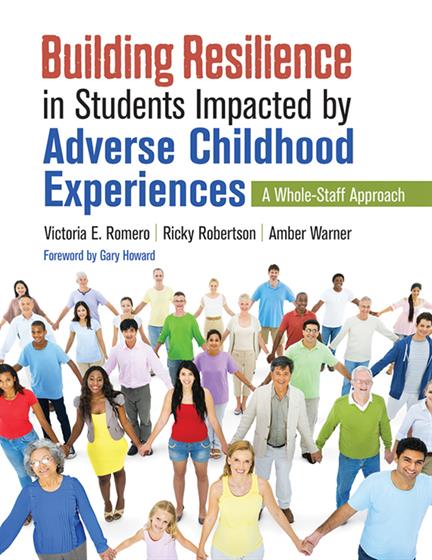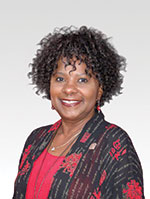Foreword by Gary R. Howard
Preface
Acknowledgments
About the Authors
Chapter 1 ACEs and the New Normal
ACEs Are an Equal Opportunity Occurrence
Lost in Translation
The New Normal
Chapter 2 Put on Your Own Oxygen Mask Before Helping Others
Burnout or Compassion Fatigue?
The New Normal: A Case Study Intervention
Self-Care Is an Ethical Imperative
WWAD?
Chapter 3 It’s Easy to Have High Expectations—Hard to Grow a New Mindset
Knowing Myself Precedes Teaching Students
Knowing My Students and Knowing Pedagogy-Growing Mindset
Knowing My Strengths, Knowing the Strengths of My Students Fosters Resiliency
“I Can’t Learn From You Because You’re White”
Progress Not Perfection
Knowing Myself and Responding to Change Are About Self-Care
Knowing Myself Matters—Because When Negative Bias Shows Up, Students Are Miseducated
Good Teaching Is Not Enough—The New Normal Warrants Transformationist Teaching
Chapter 4 The Effects of Trauma on the Brain
Acknowledging That Trauma Is Sitting in the Classroom Is Transformational Teaching
ACEs and Learning
ACEs and Behavior
Trauma Has Many Forms
If I Knew Then What I Know Now
Chapter 5 Teaching Behaviors, Differentiating Interventions, Changing Pedagogy
Relationships Precede Learning
Talk, Trust, Feel, Repair
Schools and Classrooms Have a Culture and Culture Is Learned
Response to Intervention (RTI)
Looking at Behavior Management Through a Trauma-Informed Lens
Change Is Hard and Leadership Matters
Talk, Trust, Feel, Repair: My Rookie Year
Schools Are Ideal for Social Working
Chapter 6 Plan With the End in Mind: Visioning a Compassionate School
The Innovative School District PreK–12th Grades
SEL Data Team/Self-Assessment Checklist
Case Study: ISD’s Response to Behavior Interventions
Changing Positions to Change Lives
What Does It Mean to Work in a Trauma-Informed School or School District?
Chapter 7 From Theory to Practice: Transformationist Actions Convert ACEs to Aces
Transformationist Schools and School Districts
Transformationist Instructional Staff
Transformationist School Counselors and School-Based Social Workers
Transformationist School Psychologists and School Nurses
Transformationist Support Staff (Office, Cafeteria, Custodial, Bus Drivers)
Chapter 8 The Process, the Plan, the Transformation
The Process
Step 1: Assessing Capacity
Step 2: Building Capacity
Step 3: Implementation
Step 4: Evaluating Program Effectiveness
Where Is Our Sense of Urgency?
The Plan: Implementation Guide to Transformation
Implementation
Evaluation and Planning
Chapter 9 In Their Own Words
Antwone Fisher
Cleressa Brown
Conor Black
Maria Gonzales
The Salomon Martinez Family
Additional Reading and Resources
Glossary of Terms
References
Index





